Good sleep is the key to a healthy lifestyle as it supports the body's natural response to stress and keeps the immune system intact. If you don't have to face troubled sleep patterns every night, consider yourself lucky.
The Centers for Disease Control (CDC) notes that 1 in 3 Americans get less than the recommended amount of sleep (7 to 9 hours per night).70 million Americans suffer from chronic sleep problems.There are certain techniques and resources used by people who are not self-satisfied with the overall sleep experience.
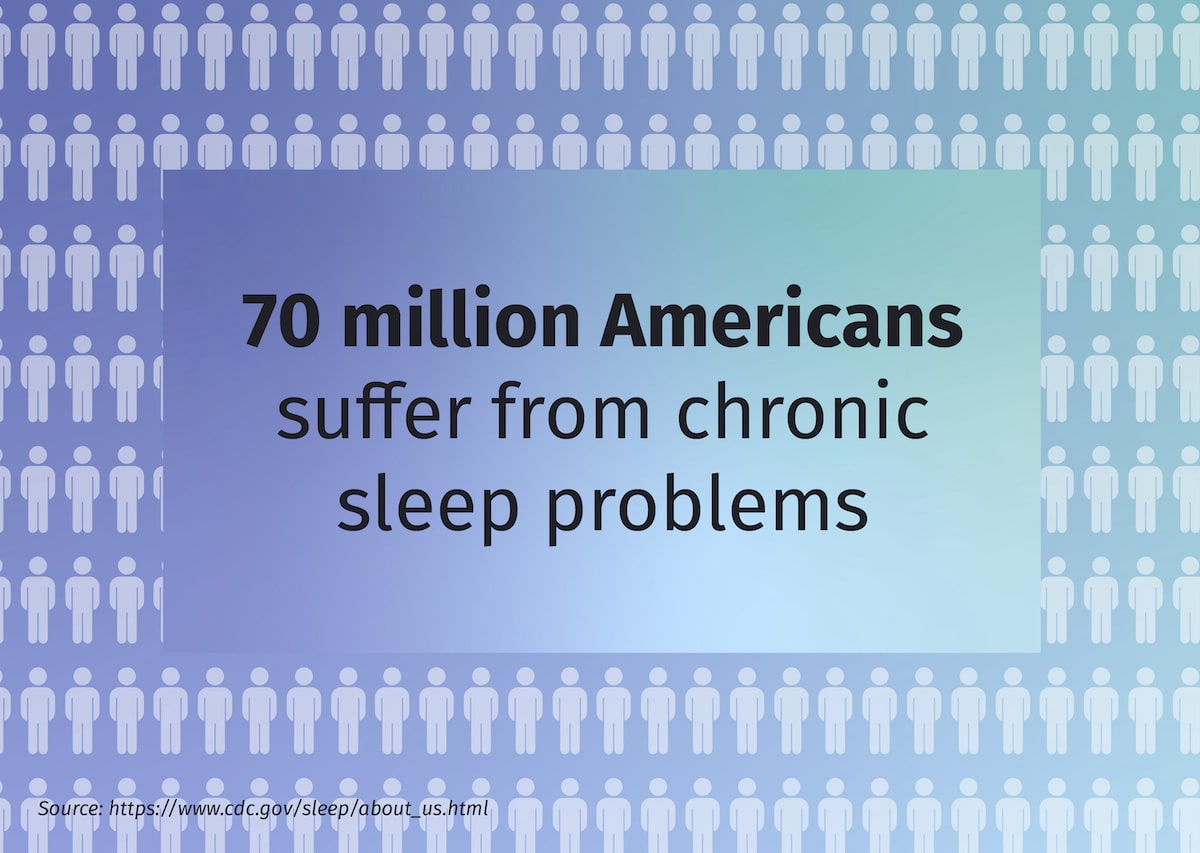
What is White Noise?
White noise is a type of sound signal that contains all audible frequencies and it covers the entire audible spectrum, from low to high pitches. Unexpected sounds from our surroundings can disrupt sleep and white noise cancels these external disturbances to ensure sound sleep. It feels more like a smooth and steady rushing or hissing sound.
This specific broadband sound has all frequencies, it can mask other sounds. Some people find it quite soothing as it down all sorts of background noises that might affect sleep. White noise is commonly used to improve sleep quality. It can help people fall asleep faster, stay asleep longer, and achieve deeper, more restful sleep.
Scientific Evidence
The effectiveness of white noise to improve sleep has been a controversial topic for a long time. Many research projects and studies have been conducted to study the impact of white noise.
A study published online in 2016 studied the effect of white noise on sleep in patients admitted to coronary care. Sleep disorders in patients hospitalized in intensive care units are more common than those in other units. The study recommends the use of white noise to mask other disturbing environmental noises. It also helps to improve and maintain sleep in the ICU.
Another detailed research article was published at ScienceDirect to study the effect of white noise on high school students’ sleep quality at Unit B of Rajawali Girls Dormitory Makassar. The study concluded that the use of white noise can improve the sleep quality of students and individuals who live in the dormitory of small spaces.
Comparison with Other Colors of Noise
Apart from white noise, different other noises are heard at varying frequencies. The energy distribution will be different for other noises.
Pink Noise: Pink noise is popular for lighter sound and soothing feel can help to improve the memory of the following day.
Brown Noise: There is almost no higher frequency in brown noise. Rougher sound is generated at the lower end of the spectrum and it relates to improving focus and a sense of relaxation.
Green Noise: It is not strong at any end of the spectrum. Instead, it focuses its energy on the middle frequency, which is why the sound produced is similar to the ambient noise of nature.
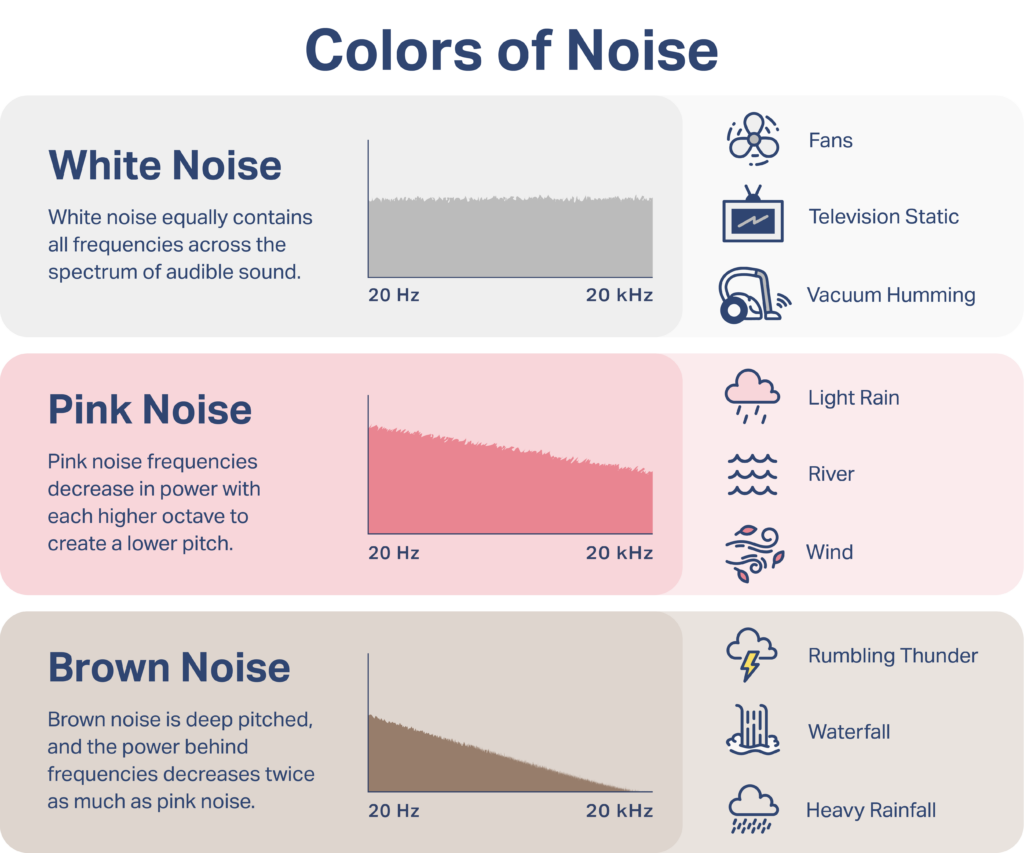
Benefits for Different Age Groups
Every age group experiences different effects of white noise. When exposed, the age of the person influences the final outcome and efficiency of the sound to optimize sleep quality. Here is what you need to know about the benefits, concerns, and recommendations of using white noise for different age groups.
|
|
Benefits |
Concerns |
Recommendations |
|
Adults |
Improves sleep quality by masking environmental noises and promoting relaxation. Reduces sleep onset time. |
Potential dependence on white noise for sleep. Overuse may lead to habituation or difficulty sleeping without it. |
- Use white noise at a moderate volume level. - Consider using white noise intermittently to prevent dependence. |
|
Infants |
- Promotes longer periods of uninterrupted sleep. - Mimics comforting sounds of the womb, helping babies settle and sleep better. |
- Risk of overstimulation if the volume is too high. - Dependency on white noise for sleep may develop. |
- Keep white noise at a safe volume level. - Use a white noise machine or app designed specifically for infants. - Introduce white noise gradually. |
|
Elderly |
- Masks disrupt noises, allowing for more restful sleep. - Can alleviate symptoms of tinnitus and promote relaxation. |
- Sensitivity to volume levels; excessive noise may be disruptive. - Potential for habituation if used excessively. - Safety concerns with devices for the elderly. |
- Adjust the volume to a comfortable level. - Limit exposure to excessive noise. - Use white noise devices that are safe and easy to operate. |
Potential Drawbacks and How to Mitigate Them
All users don’t get to enjoy the same results. Despite scientific studies and projects backing the benefits of white noise, you need to be aware of the possible drawbacks of using this method to improve sleep quality. Here are some common concerns relating use of white noise:
- Potential hearing damage from prolonged exposure to high volumes
- Disruption of natural sleep patterns
- The quality of the white noise source may vary
- Dependency on white noise for sleep
- Habituation to the constant stimulus
How to Use White Noise Effectively
Adjusting white noise in your bedtime routine is easy. You just need to be smart about achieving sound sleep fast. Popularity of the this method explains the effectiveness of sleep quality and even if some users face the above issues and challenges, here are some safer practices to optimize the outcome.
- Use white noise intermittently to prevent dependency.
- Vary the type of white noise occasionally to prevent habituation.
- Keep the volume of white noise at a safe level (around 50-60 decibels).
- Adjust the volume of white noise to a soothing level.
- Invest in high-quality white noise sources

Personalization of White Noise
There is no need to stick to one sound level type because every user has a different response to sounds. Online apps are available with support for white, pink, green and other sounds. There are certain devices that offer personalization of the sound.
Personalizing white noise for sleep involves selecting sounds and settings that cater to individual preferences and needs. Keep trying different options and you might find the sound that suits your situation.
Expert Opinions and Recommendations
Research published by Parnav Poola investigated “The Effect of Noise-reducing Acoustic Panels on the Noise Levels and Overall Safety of Infant Sleep Machines”. The study found that infants who were exposed to white noise during sleep experienced longer periods of uninterrupted sleep compared to those without white noise.
Audiologists stress the importance of maintaining safe volume levels when using white noise to prevent potential hearing damage. Dr Shelby Harris recommends using white noise consistently as part of a bedtime routine to signal to the brain that it's time to sleep.
FAQ Section
For a new reader, understanding the importance and benefits of these sounds may be complicated. Here are some common questions asked by users about the use of noise to improve sleep quality.
Is white noise safe for sleep?
Yes, as long as it's at a safe volume level, white noise can enhance sleep quality by masking environmental noises.
Can white noise help me fall asleep faster?
Yes, it promotes relaxation and can reduce the time it takes to fall asleep.
How do I choose the right white noise sound?
Experiment with different sounds to find what works best for your sleep environment.
Can I become dependent on white noise for sleep?
While possible, varying its use can mitigate dependency; it's best used as part of a broader sleep routine.
Resources and Further Reading
Users can customize their sleep environment by choosing from a range of options at online apps. These apps are equipped with all features and options that can be used to improve sleep via sounds. Here are some popular apps and books that you might want to try:
Apps and Books
- White Noise Lite (iOS, Android)
- Relax Melodies: Sleep Sounds (iOS, Android)
- Sleep: Relaxing Sounds (Android)
- Noisli (iOS, Android)
- myNoise (iOS, Android)
Some popular books are also available on this topic. You can read "Why We Sleep: Unlocking the Power of Sleep and Dreams" by Matthew Walker or "The Sleep Solution: Why Your Sleep is Broken and How to Fix It" by W. Chris Winter, M.D.










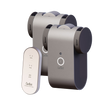
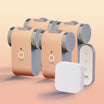

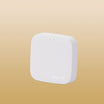








Leave a comment
All comments are moderated before being published.
This site is protected by reCAPTCHA and the Google Privacy Policy and Terms of Service apply.